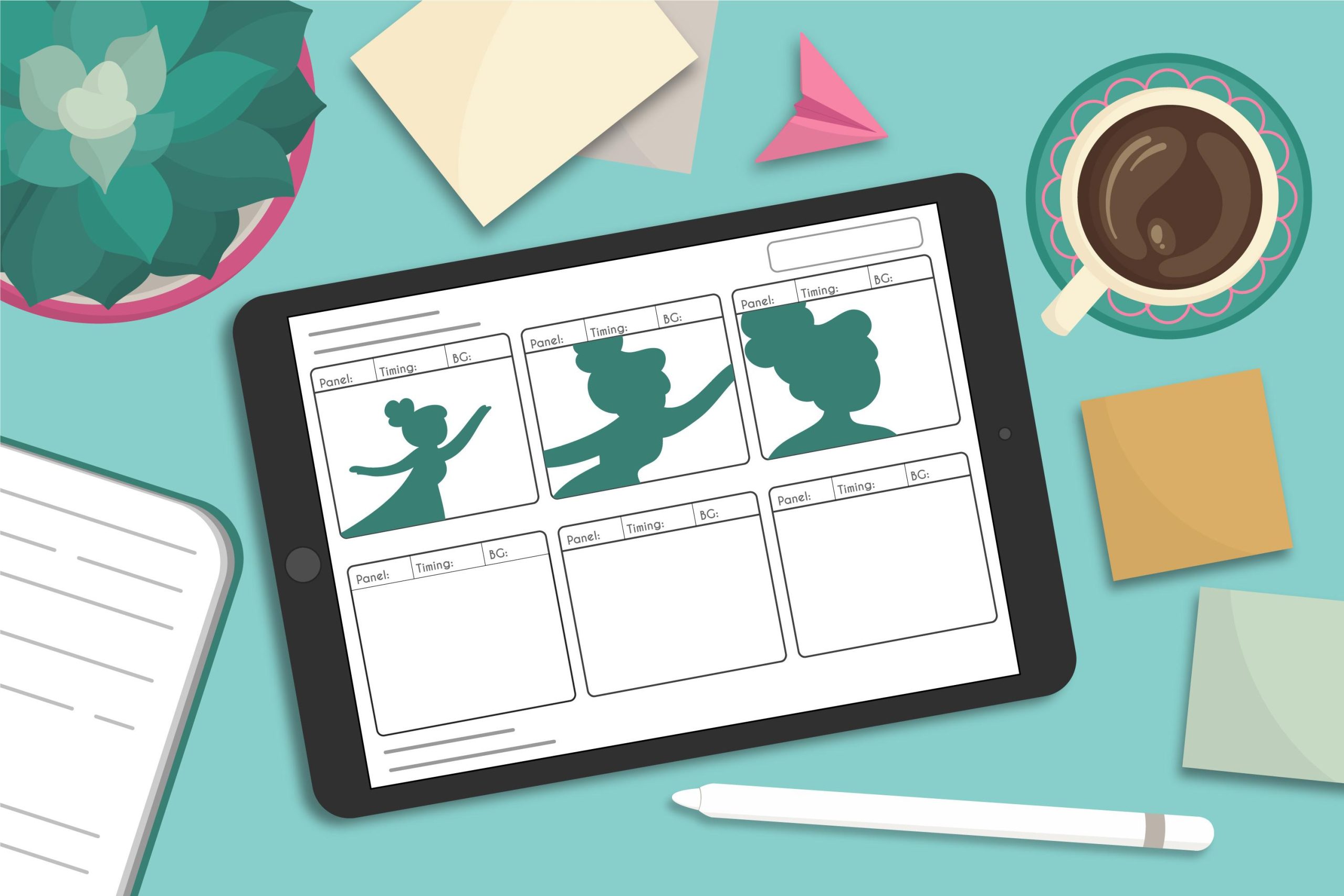Crafting eLearning courses successfully requires a thoughtful, strategic approach akin to crafting a compelling narrative plotline. At the heart of this approach is storyboarding, an art form that weaves clarity and creativity into the framework of digital education. A pivotal first step in eLearning course design, storyboarding serves as a visual outline and acts as the backbone for developing content that is both engaging and educationally impactful. Drawing parallels to filmmaking, storyboarding in eLearning drives focus, ensuring that every element is thoughtfully considered and meticulously planned. Understanding how to wield this tool can transform creative ideas into concrete, functional learning modules.
Creating an effective storyboard begins with understanding your audience and defining clear learning objectives. Aim to align curriculum goals with learners’ needs by establishing the essential takeaways from your course. This much like setting the stage for a captivating story, ensures that your content is both relevant and captivating. Knowing your audience helps dictate tone, complexity, and the kinds of examples and interactivity that will best engage them. Focusing on outcomes from the very beginning streamlines decisions about what content makes the cut and how it ultimately contributes to the learning experience.
Once the objectives are clear and the audience is understood, the next phase is to lay out the storyline of your course. Here, storyboarding techniques from screenwriting come into play, allowing eLearning developers to creatively script the learner’s journey. These scripts visualize how each component—texts, graphics, videos, and interactive elements—will work together to convey ideas and drive educational engagement. By mapping out the sequence of learning events, you can maintain a flow that guides learners naturally through complex concepts, ensuring each step logically follows the last, much like a well-told tale.
Utilizing a variety of visual elements in your storyboard is key to engaging your audience. The effective use of visuals, whether images, diagrams, infographics, or animations, can significantly enhance comprehension and retention. Remember, the human brain processes images faster than text, so creating a visually rich lesson plan often results in better learning outcomes. A storyboard allows you to experiment with these visual elements before they reach the production stage, fine-tuning their placement within the course sequence to boost understanding and maintain learner interest.
Interactivity is another critical aspect to consider in your storyboard, and integrated thoughtfully can transform a passive learning experience into an active engagement. Including interactive components like quizzes, polls, and simulations within your storyboard not only tests learners’ grasp but actively engages them in the learning process. Storyboarding allows developers to visualize precisely where these elements should appear to maintain flow and relevance, ensuring they complement the narrative rather than disrupt it.
Collaborative insights during the storyboarding process can be invaluable, allowing for alignment across multidisciplinary teams. Bringing together instructional designers, subject matter experts, graphic designers, and tech developers during storyboarding can streamline the production process. Through collaboration, disparate pieces like scripts, graphics, and technology can converge seamlessly, reducing errors and ensuring the storyboard evolves into a product that meets educational objectives with creativity and precision. This collaboration enriches the storytelling aspect, incorporating diverse perspectives and expertise.
Finally, once the storyboard is created, it acts as a dynamic roadmap throughout the course development process. While solid in its vision, it is flexible enough to adapt to feedback and new insights, making it an iterative tool that grows alongside the project. Regularly revisiting the storyboard ensures consistent focus on intended learning outcomes and allows you to tweak elements before full-scale production. This adaptability, coupled with initial precise planning, is the essence of achieving eLearning success. The blend of art and science that defines storyboarding remains essential in crafting courses that are as informative as they are inspiring.
